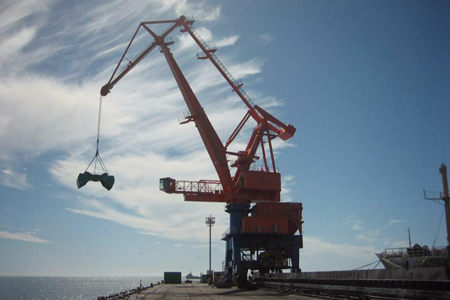
Although all tower cranes look the same, there are some differences between different models. Therefore, it is very important the right tower crane to be used for a specific application. All tower cranes provide more benefits when compared with the conventional cranes, mainly because they have a boom or a jib that can reach heights up to 100-plus meters. The jib of the tower crane can accurately place loads anywhere within the radius of the lifting operation without interfering with other objects. Also, the operators can control the crane either from the cabin or by a remote control from the ground level.
The tower cranes are widely used for many different applications that demand powerful lifting machines. Either mounted on a rail or fixed, the tower cranes are commonly referred to as traveling units. The tower cranes can be grouped in two main categories: top slewing crane and bottom slewing crane. The main differences is how these cranes are erected. Read on to find out which slewing crane is better.
Top Slewing Crane – The top slewing crane, also known as slew crane, can be erected to any height, but it requires a little more time and effort. The top slew crane is efficient for medium-high rise construction projects that require a tower crane for longer period. A typical slew crane consists of a slewing ring, a mast section, an undercarriage, a jib, a counter jib and a cabin for the operator. This type of tower crane is a stationary crane, and the base is fixed into the ground with concrete blocks. The modular concrete blocks are known as counterweights, and can be added to the counter jib for increased stability. The main parts of the slewing crane that can be rotated are the tower top, the operator’s cabin and the jib.
Bottom Slewing Crane – The bottom slewing crane is another useful tower crane that can be found at many construction sites all over Australia. It is well-known for its quick and easy erecting and dismantling. This crane is commonly referred to as a self-erecting slew crane. The bottom slew crane is ideal for low rise short-term construction projects. The bottom slewing crane also includes undercarriage, slewing platform, slewing ring, mast section and jib. The slewing ring is located near the base, which is why this type of slewing crane cannot be fixated.


















